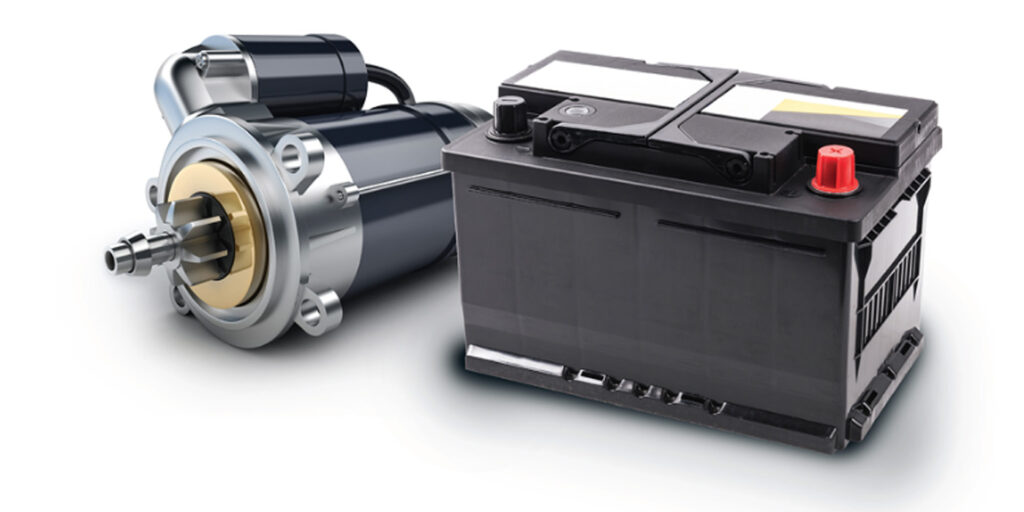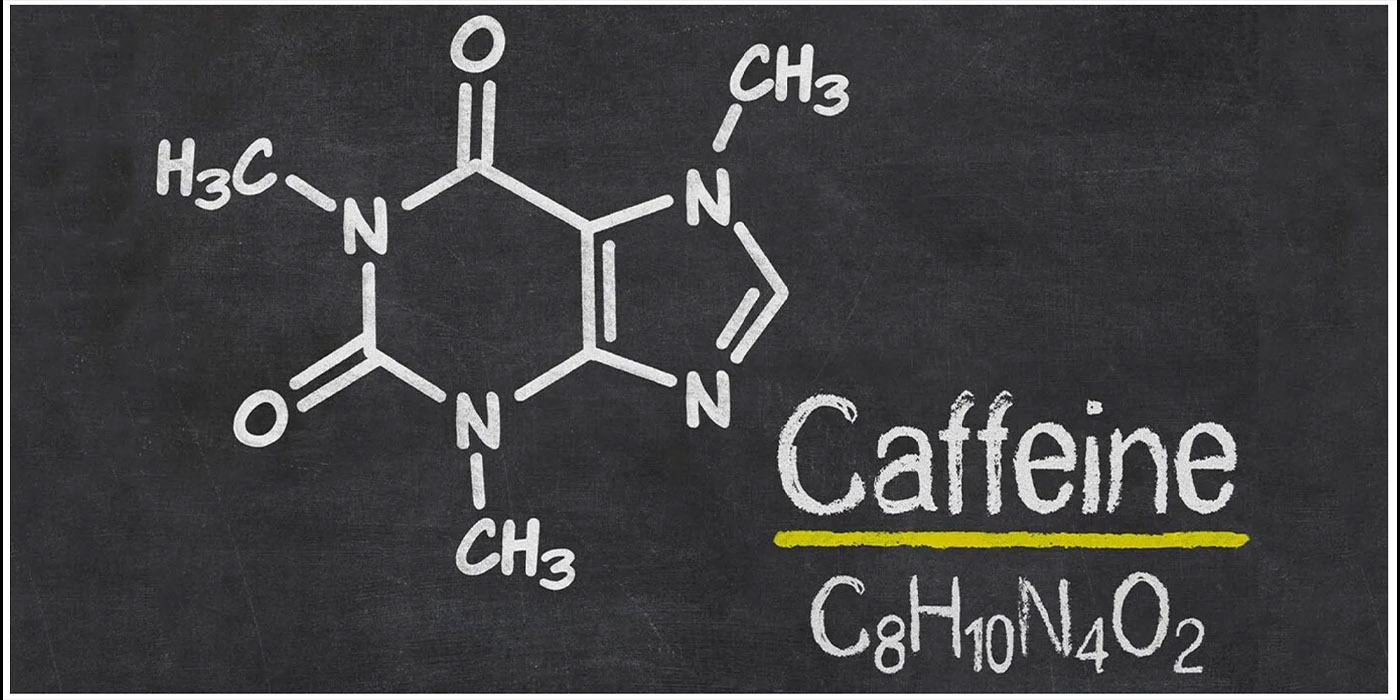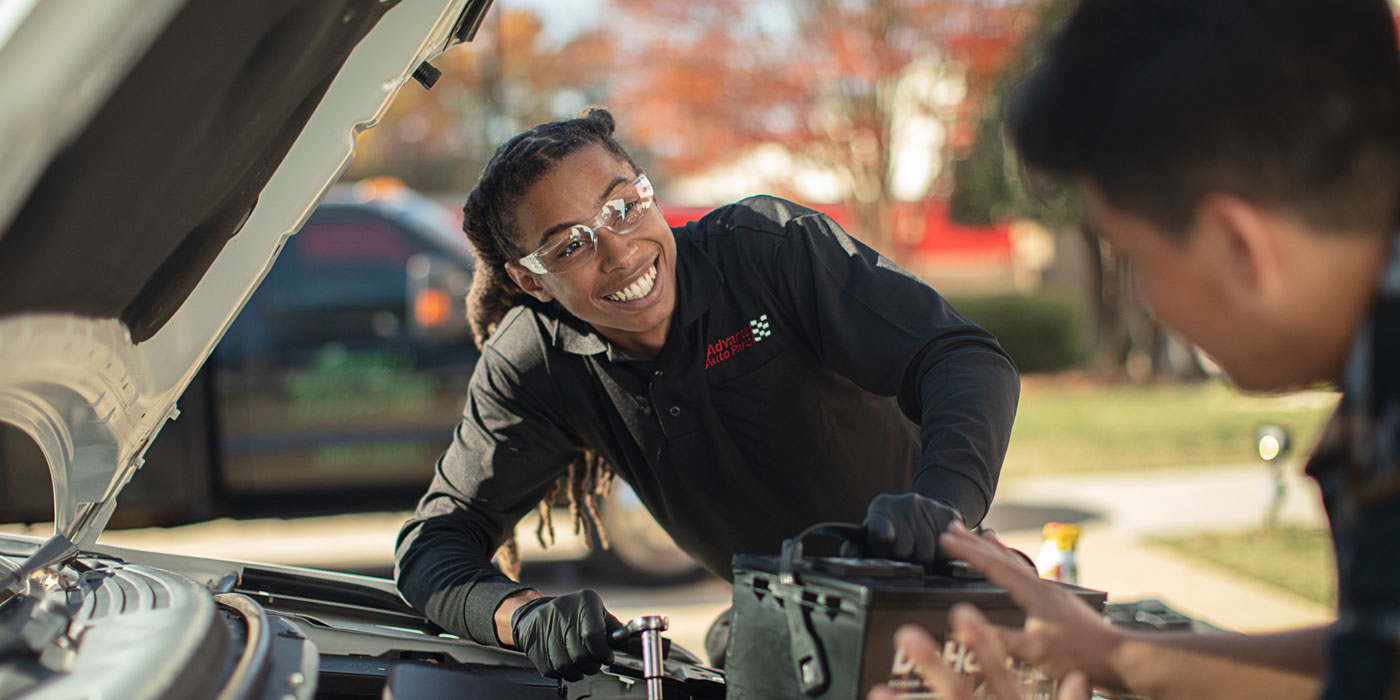The best way to diagnose starter or battery problems is to separate them by issue. Does the starter click but won’t start? Will the engine turn over? Are there any new lights on the dashboard? Do you have any lights or power?
The battery and starter are inextricably linked, and sometimes what seems like a problem with one is really an issue with the other. For example, if a starter “clicks” but doesn’t turn over, it may be that the battery doesn’t have enough power to crank the engine. Typically, the first thing you should instruct your customer to do in any non-start situation is to check the battery.
Anyone with a simple voltmeter can test to see if there are more than 12 volts. You should have at least 12.4 volts (preferably 12.6 volts) if the battery is fully charged and in good condition. Any voltage readings below 12 volts, however, may indicate underlying issues. The best thing to do at that point is to charge the battery and run more tests. Cars that are mainly driven on short trips using all of the accessories such as cellphone chargers, radio, heat or A/C may not allow the battery to charge fully and will run the battery down over time.
You should know the battery ratings when testing batteries and starters. The cranking-amp (CA) rating is the amperage that a battery will produce for 30 seconds at 32 degrees F. The cold-cranking amperage (CCA) rating is the amperes the battery will make for 30 seconds at 0 degrees F. The CCA is about 80% of the CA, so the battery is 20% less efficient at 0 degrees F. The difference between CA and CCA is essential because modern electronic-conductance testing requires a CCA-rating input.
Starters pull a lot of amps when cranking, so there may not be enough current available for the starter to overcome the engine compression if the battery is low. You can rule out a starter problem if the engine starts with a jumper battery. The battery should be thoroughly checked next.
Checking the voltage at the battery, most charging systems produce 13.5 to 14.5 volts at idle, depending on the battery’s level of charge. If there’s less than 13.5 volts, there may be a charging problem. If voltage is normal, the battery should be load-tested or checked with an electronic-conductance tester. Keep in mind that batteries typically only last about four to five years, or less in a hot climate.
If the battery fails these tests, the vehicle needs a new battery. Replacement batteries should have the same CCA rating as the original and be fully charged before installing. It’s good to test the new battery before installing it to be sure it’s charged. Use a backup power supply before disconnecting the old battery to keep all radio presets and PCM memory data.
If voltage reaches the starter solenoid, but it isn’t cranking or it turns over very slowly, the problem most likely is the starter. A good starter draws a current of about 60 to 150 amps, depending on the starter’s size or power rating. High-torque starters typically draw more amps, so check the manufacturer’s specifications first. A starter that draws too much current may not have enough power to fire the ignition system (weak spark). The starter should spin freely and not draw a high or low number of amps. If not, it should be replaced. Be sure to check all of the cable connections and look for corrosion around terminals, which can lead to weak voltage.
One more issue that may throw a wrench in the works is for vehicles with security systems. If the chip in the key isn’t working or the battery in the key is dead, it may cut the ignition. Some vehicles will turn over but won’t start, and others might not turn over. A new key may be necessary, or a code reset.













